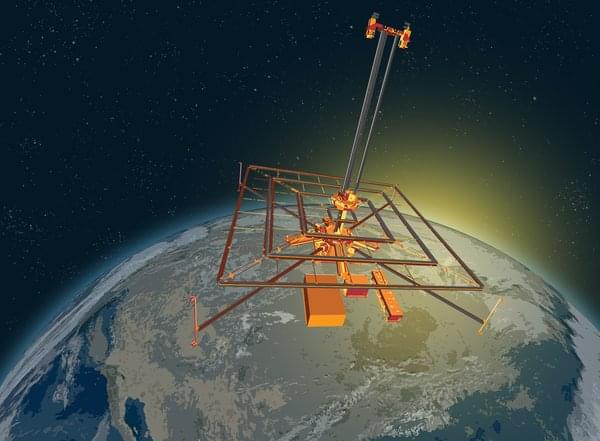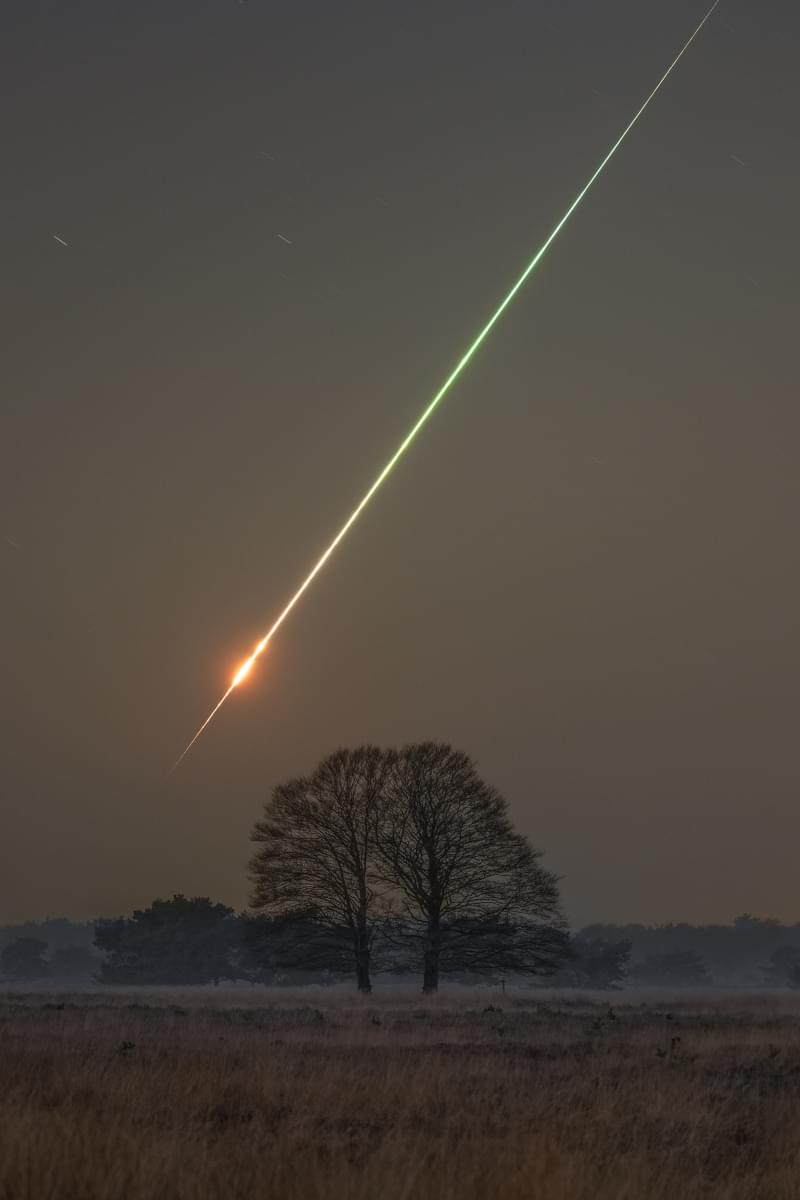Feb 18, 2023
Reinforcement Learning Course — Full Machine Learning Tutorial
Posted by Ken Otwell in categories: information science, policy, robotics/AI, space
This is NOT for ChatGPT, but instead its the AI tech used in beating GO, Chess, DOTA, etc. In other words, not just generating the next best word based on reading billions of sentences, but planning out actions to beat real game opponents (and winning.) And it’s free.
Reinforcement learning is an area of machine learning that involves taking right action to maximize reward in a particular situation. In this full tutorial course, you will get a solid foundation in reinforcement learning core topics.
Continue reading “Reinforcement Learning Course — Full Machine Learning Tutorial” »

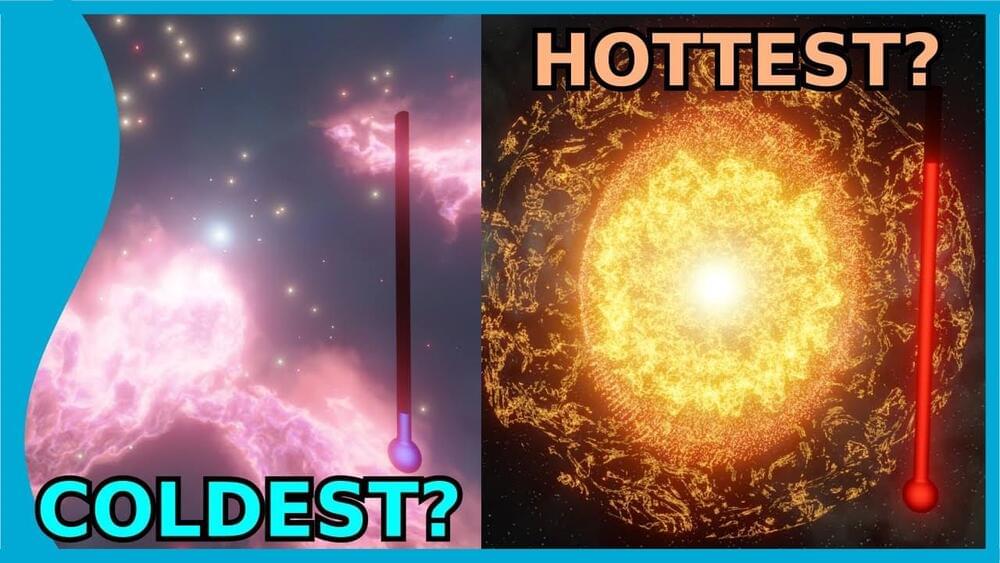
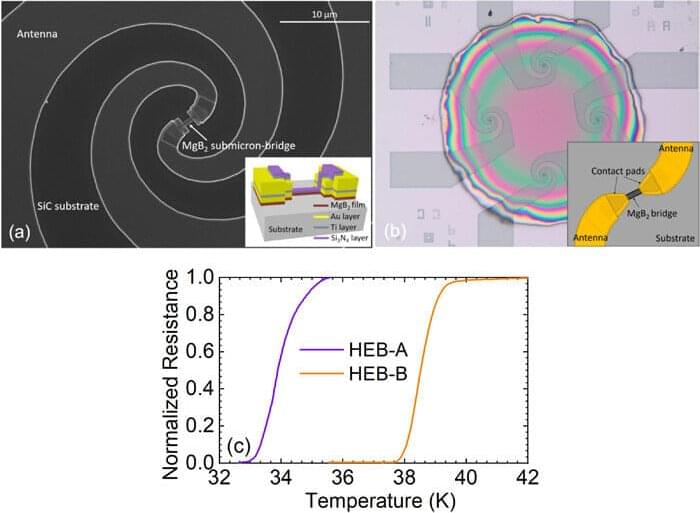
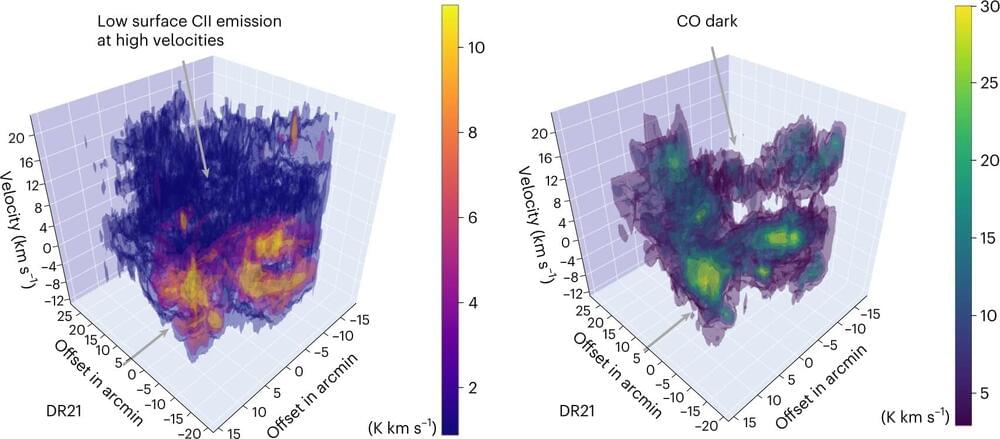

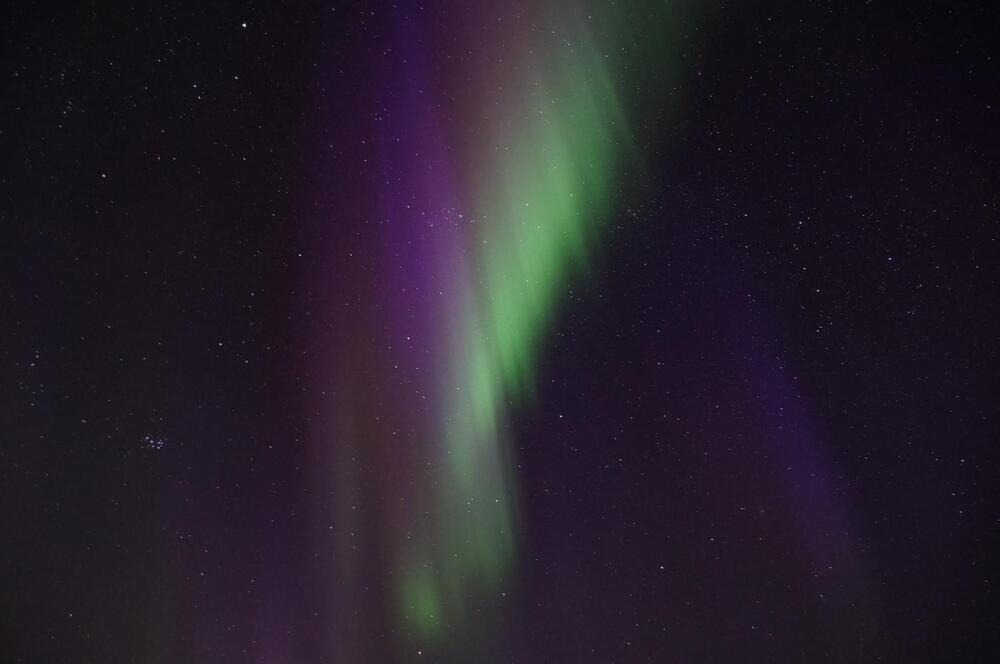

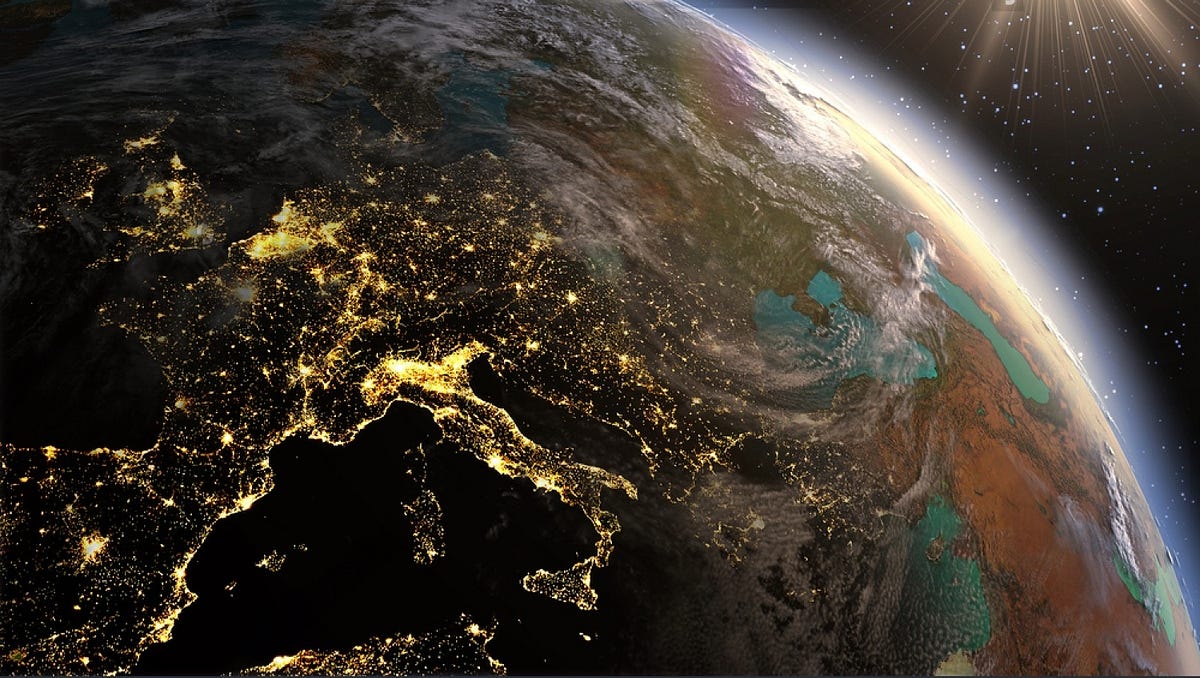 Could we imagine a world where our minds are fused together and interlinked with machine intelligence to such a degree that every facet of consciousness is infinitely augmented? How could we explore the landscapes of inner space, when human brains and synthetic intelligence blend together to generate new structures of consciousness? Is it possible to interpret the ongoing geopolitical events through the lens of the awakening Gaia perspective?
Could we imagine a world where our minds are fused together and interlinked with machine intelligence to such a degree that every facet of consciousness is infinitely augmented? How could we explore the landscapes of inner space, when human brains and synthetic intelligence blend together to generate new structures of consciousness? Is it possible to interpret the ongoing geopolitical events through the lens of the awakening Gaia perspective?
